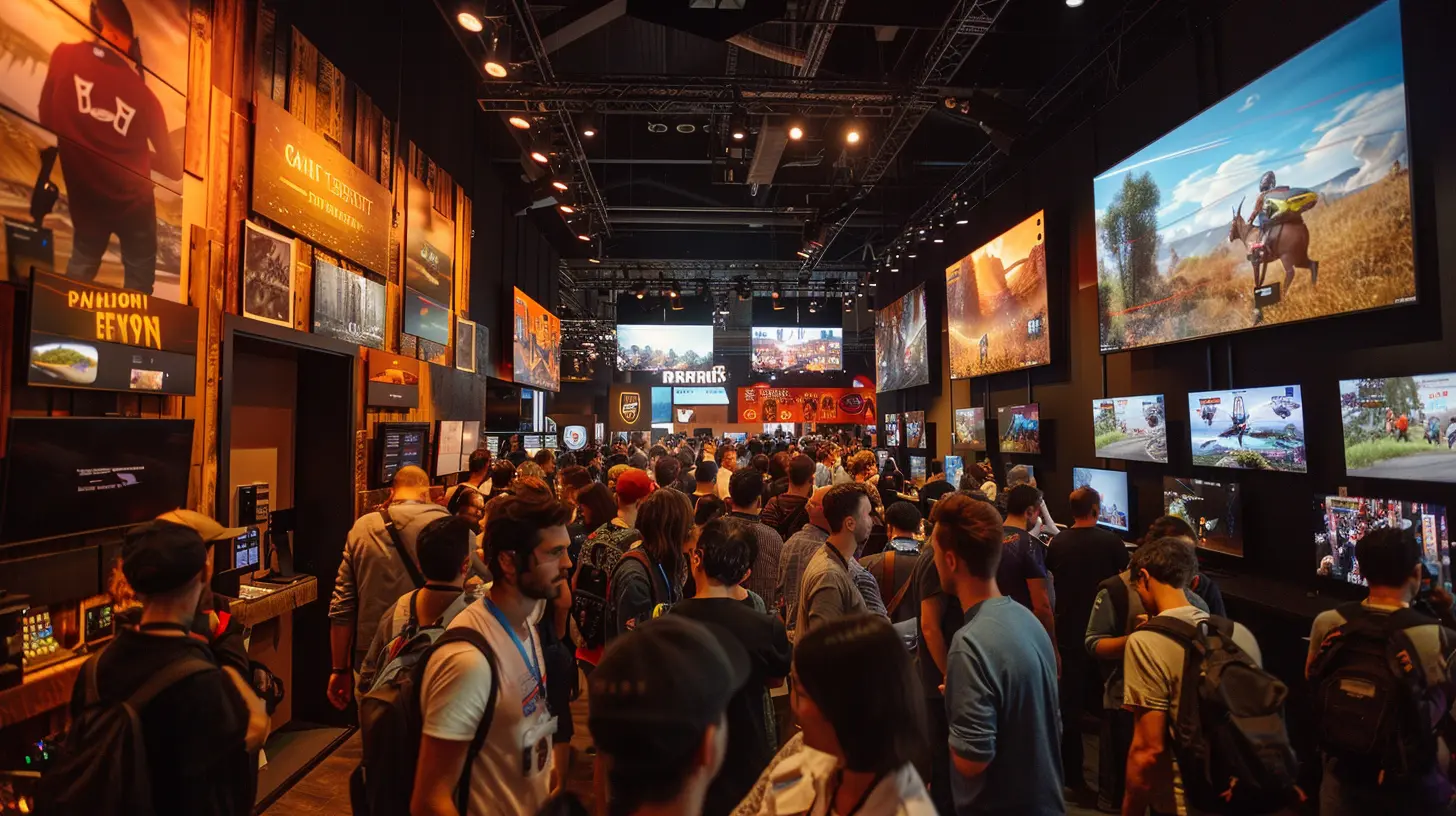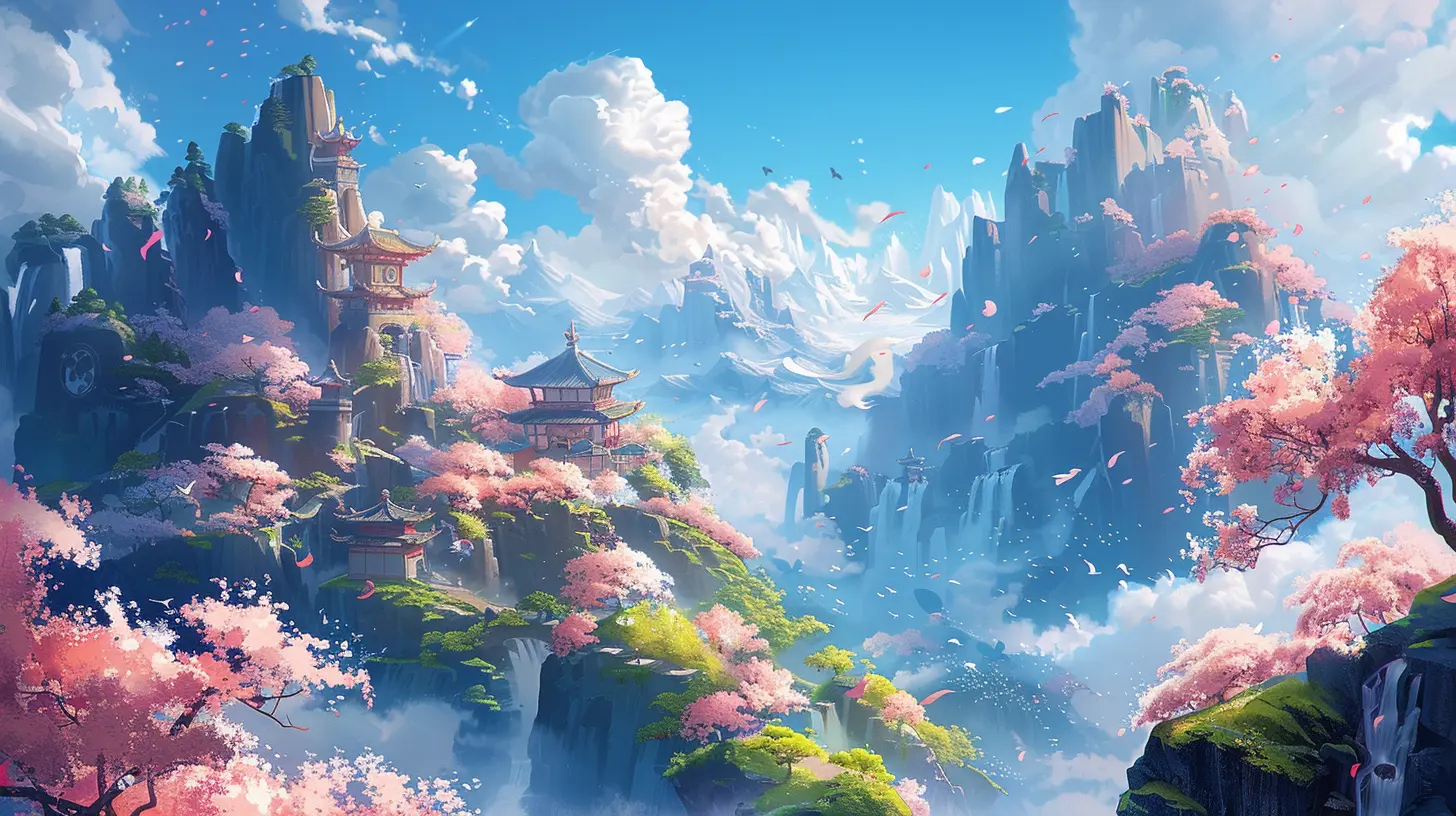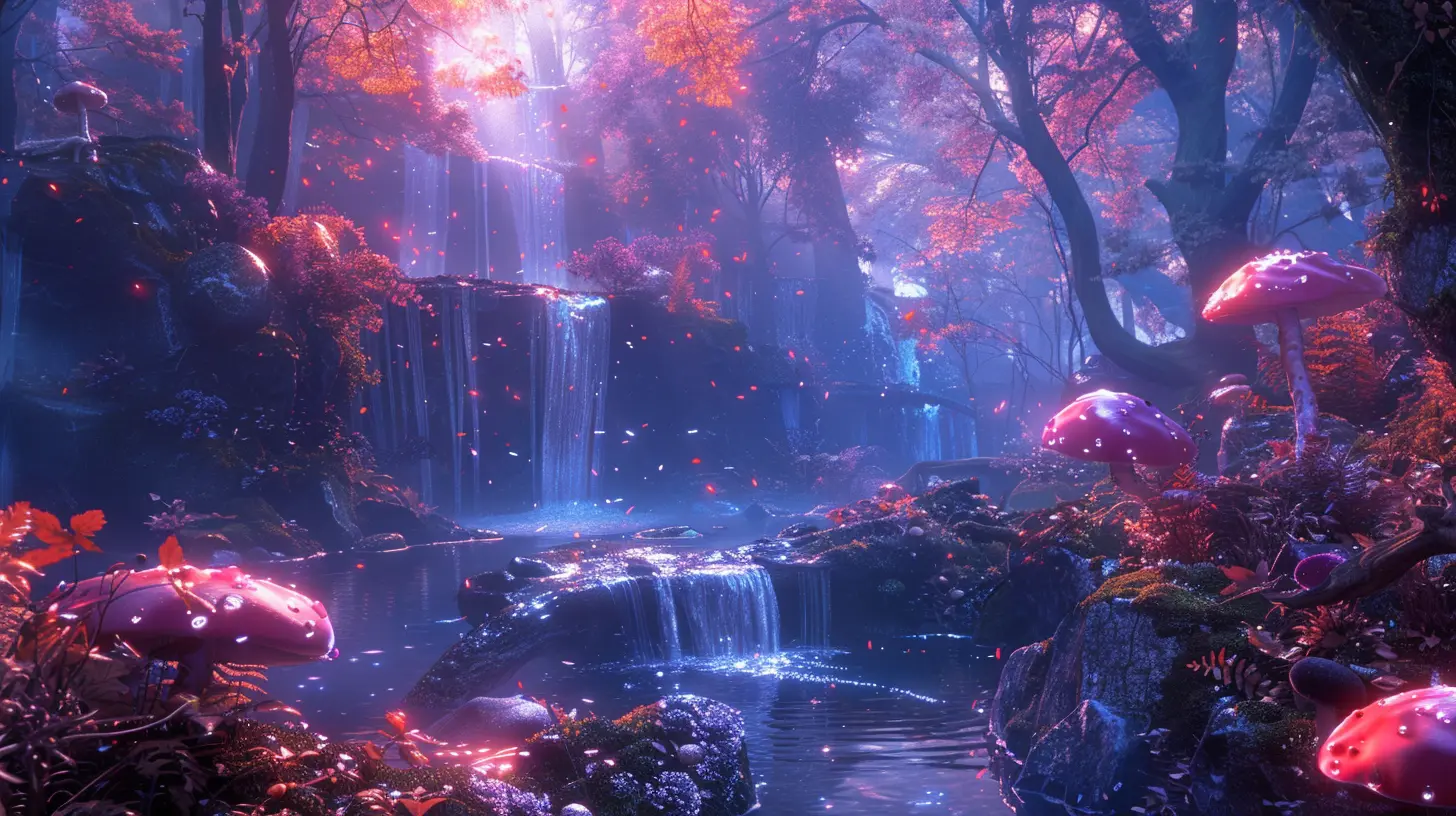Key Takeaways from the Most Innovative Game Showcases
23 September 2025
There’s something magical about game showcases, right? You sit back, tune in, and before you know it—you’re being hit with trailer after trailer, surprise reveals, jaw-dropping graphics, and those “Did you see that?!” moments. But beyond the flash and hype, there’s a whole lot more bubbling under the surface. Game showcases have evolved from simple announcement reels into full-blown events that shape the future of the industry.
If you’ve ever watched events like E3, Gamescom, Summer Game Fest, or even Nintendo Directs, you’ve probably asked yourself: what really stands out from all of this? What are the key takeaways we can pull from the most innovative game showcases?
Well, buckle up, because we’re diving deep into the biggest trends, mind-blowing tech, and game-changing strategies that set these shows apart. This isn’t just for the die-hard gamers either—if you have even the slightest interest in how this massive industry is evolving, this one’s for you.
1. It’s Not Just About Graphics Anymore—It’s About Immersion
Let’s kick it off with a big one. Sure, next-gen visuals are impressive. We all love a good 4K ray-traced explosion or a hyper-realistic facial animation that makes you squint to see if it’s real. But the most innovative showcases tell us loud and clear—it’s not just about pretty pixels anymore.Immersion is King
Developers are going beyond the screen, pouring their efforts into world-building, storytelling, and gameplay mechanics that suck you into the gameverse. Titles like Hellblade II aren’t just flexing Unreal Engine’s muscles; they’re creating psychological experiences that make you feel like you’re actually losing your mind with the character.And let's not forget virtual and augmented reality titles getting their moment. Half-Life: Alyx was a revelation, but newer titles are bringing even more tactile, heartrate-raising experiences into the mix. You’re no longer just playing a game—you’re living it.
2. Indies Are Stealing the Spotlight
Remember when indie games used to be the palette cleansers between those huge, bombastic AAA titles? Yeah, not anymore.Small Teams, Big Dreams
Game showcases in recent years have made one thing clear—indies are turning heads on the big stage. Events like Day of the Devs and the Wholesome Direct are carving out niches that let smaller studios shine. These aren't just one-hit wonders either. Think of Hades, Celeste, Tunic, or Cult of the Lamb. These games aren't just impressive—they’re game design masterclasses.And here’s the kicker: many of these studios are doing more with less. Their innovation comes out of necessity, and that resourcefulness leads to fresh mechanics, unique art styles, and heartfelt storytelling that feels miles apart from the factory-made feel of some big-budget titles.
3. The Rise of the “Playable Teaser” and Shadow Drops
Game showcases are getting bolder and spicier. Remember when Bethesda surprised everyone by dropping Hi-Fi Rush the very same day as its announcement? That was a moment.Surprise = Hype
In the age of instant gratification, games being announced with immediate demos or full releases create amazing buzz. It’s a marketing gamble that pays off BIG when done right.Even playable teasers—short demos released right after the game’s reveal—are becoming a trend. They let players dip their toes in before fully committing, and let developers gather early feedback. It’s a perfect storm of marketing and community-building.
4. Diversity in Games Is Finally Getting the Spotlight
Game showcases are becoming more inclusive, not just in the games they display, but in how they present them.Representation Matters
Let’s face it—the industry hasn’t always done a great job representing everyone. But slowly and surely, that’s changing. Games now feature a wider range of characters, cultures, and stories that resonate with a global audience.Showcases are reflecting this shift. We’re seeing more games from developers around the world, more women and minority-led projects getting top billing, and more narratives that break the mold. From the Afro-futuristic vibes of We Are the Caretakers to indigenous-inspired tales like Never Alone, there’s richness in variety.
And when players see themselves in games? It’s game-changing.
5. Cloud Gaming and Streaming Are the New Frontier
One of the sneakier trends in recent showcases has been the quiet (but powerful) rise of cloud gaming. While not always the flashiest headline, the implications are massive.Play Anywhere, Anytime
Imagine firing up a AAA game on your phone with zero downloads. Platforms like Xbox Cloud Gaming or NVIDIA GeForce Now are turning that dream into reality. And the best part? Game showcases are starting to lean into that.We’re seeing more announcements that highlight cross-platform capabilities, cloud-first designs, and streaming partnerships. This tech is all about tearing down barriers—no console? No problem. Just grab your device and go.
6. Community Feedback Is Shaping Development
This one’s huge. Developers are finally understanding that the community isn’t just the audience—it’s a part of the creative team.Real-Time Feedback Loops
From early-access launches to community-led playtests and feedback forums, more games are being shaped with player input from the ground up. And showcases are now reflecting that.You’ll often hear devs say things like “based on community feedback” during their presentations. This builds trust. It tells players: “Hey, we’re listening. Keep telling us what you want.”
Games like Baldur’s Gate 3 spent years in early access, shaped by thousands of player suggestions before its official release—and it paid off with massive acclaim.
7. Stronger Narratives Are Taking Center Stage
Goodbye, generic protagonists and cookie-cutter stories. The most innovative showcases are pushing games with deeper, richer narratives.Games Are The New Movies
With performances rivaling Hollywood, and writing that tackles everything from mental health to philosophical dilemmas, games are now serious storytelling vehicles.Games like A Plague Tale: Requiem, Stray, and The Last of Us Part II show that emotion-led storytelling works wonders. Showcases are giving more screen time to these narrative-heavy experiences, knowing players are looking for more than just “pew pew” action.
8. More Dev Diaries, Less Corporate Talk
Traditionally, game showcases could feel...well, corporate. A little too rehearsed, a little too stiff. But now? There’s a shift towards authenticity.Giving Devs The Mic
Players don’t just want to see the end product—they want the behind-the-scenes. They want to hear from the creators, the artists, the composers. The ones pouring their hearts into every polygon.We’re seeing more dev diaries, casual interviews, and honest breakdowns of creative processes in showcases. It’s like watching a cooking show and then tasting the dish—it makes the final product that much tastier.
9. Cross-Media Integration Is Exploding
It’s not just about games anymore—it’s about worlds. Entire universes, expanding across media.Games + Shows + Movies = Mega Franchises
Think Cyberpunk 2077 and Edgerunners. Think The Witcher or League of Legends turning into Netflix darlings. Games aren’t just games; they’re transmedia experiences now.Showcases are starting to tease this. We’re getting sneak peeks at companion series, novels, comics, or live-action adaptations during what used to be strictly game trailers. It’s a blended experience, and it keeps fans hooked across multiple formats.
10. Innovation Over Hype—Finally
Let’s be honest, some game showcases used to be all bark and no bite. Flashy trailers. Pre-rendered cinematics. No actual gameplay. But the tide is turning.Substance Over Style
Gamers are savvier than ever. They want to see how a game plays—not just how it looks in a trailer.The most respected showcases now balance hype with detail. Think gameplay walkthroughs, developer commentary, system design breakdowns. No longer are audiences dazzled by empty promises—they want the receipts.
And when developers deliver and show their work? That’s where trust is built.
Final Thoughts: Why These Trends Matter
Game showcases have become more than just marketing tools. They’re now cultural events, trendsetters, and crystal balls for where the industry is headed.Whether it’s the rise of indies stealing the show, inclusivity finally finding its voice, or innovations like cloud gaming and community-driven development—there’s a lot going on behind those flashy trailers.
So next time you’re watching a showcase, look past the big explosions and dramatic music. Pay attention to the stories being told, the voices being raised, and the future being hinted at.
Because at the end of the day, these events are more than just hype machines… they’re windows into the future of gaming.
all images in this post were generated using AI tools
Category:
Gaming EventsAuthor:

Leif Coleman
Discussion
rate this article
1 comments
Jacqueline Heath
Innovation drives the future of gaming! These showcases reveal creativity's limitless potential, inspiring developers and players alike to push boundaries and redefine what gaming can be. Let's level up!
September 29, 2025 at 4:38 PM

Leif Coleman
Absolutely! Innovation is indeed the heartbeat of gaming's evolution, inspiring us all to explore new horizons and elevate the gaming experience. Let's keep pushing those boundaries!


